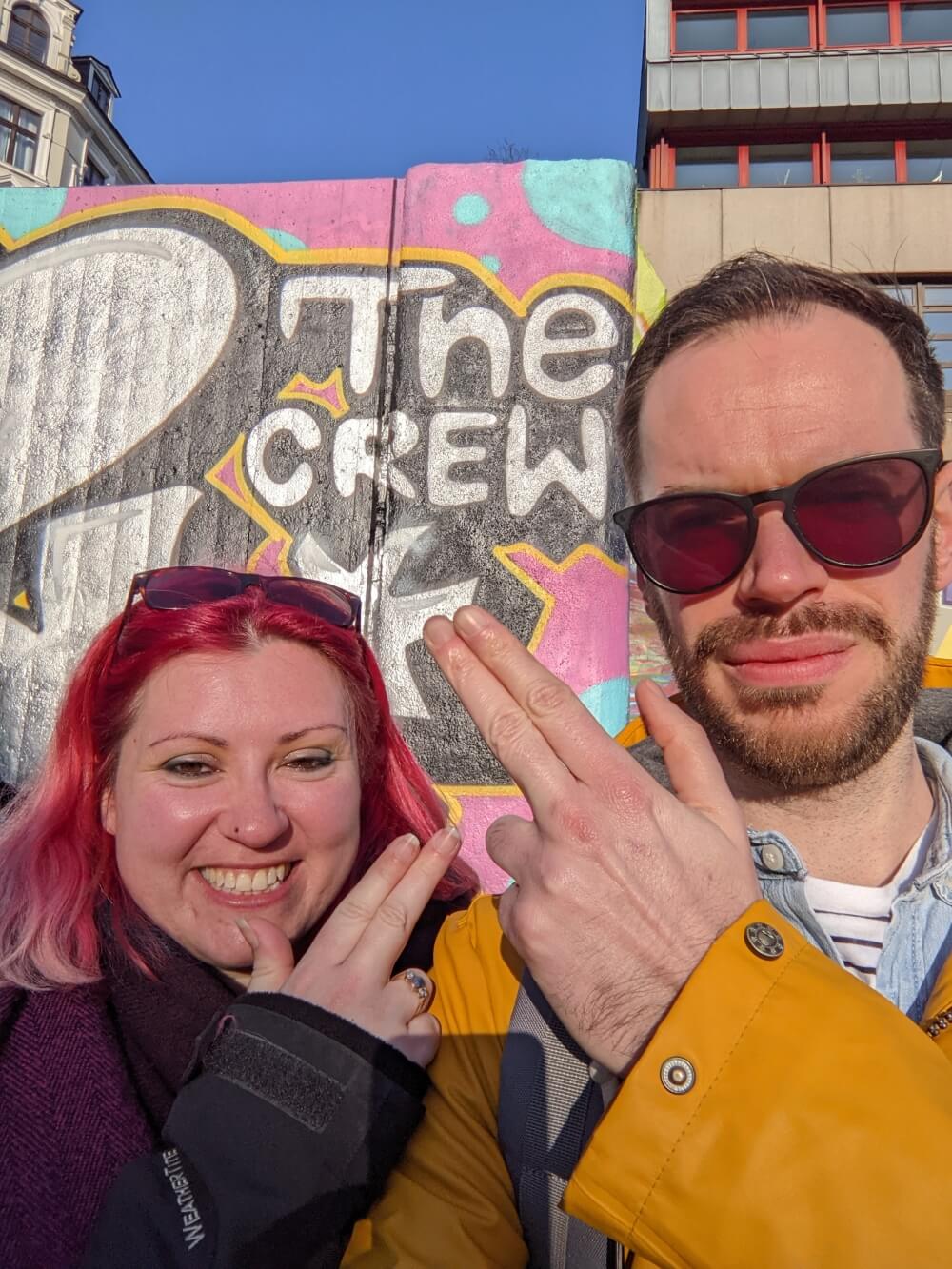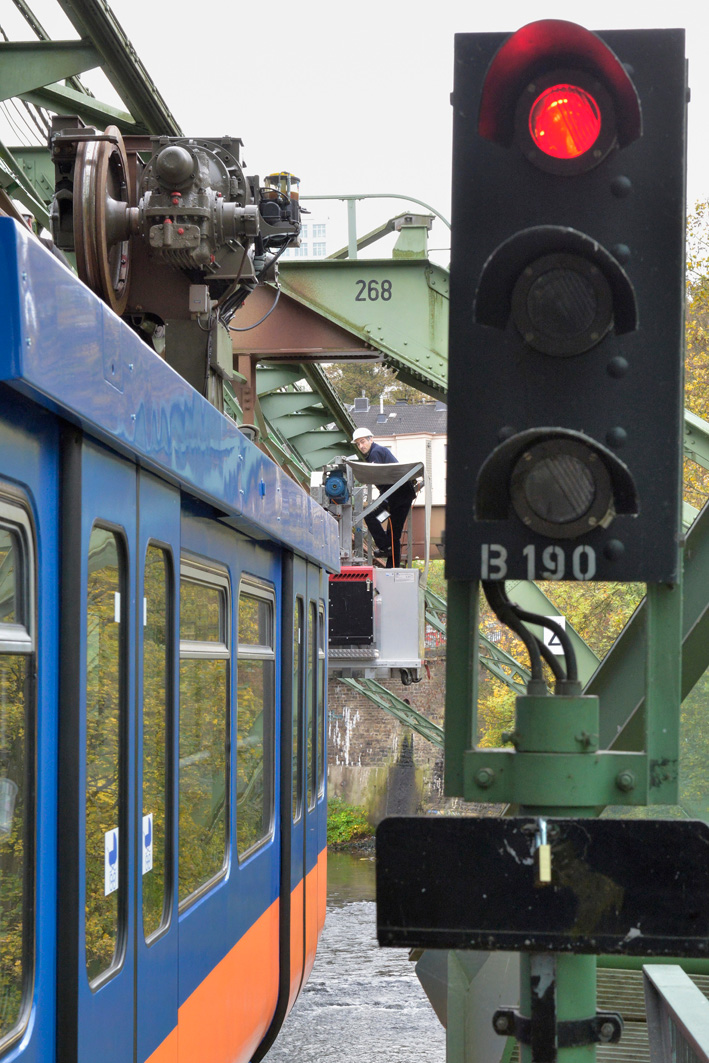Can accidents truly be avoided, or are they an inevitable part of human activity? This question has been echoing through the corridors of public safety discourse for decades. A single mishap can alter lives forever, as evidenced by recent events in Wuppertal-Cronenberg. The city, known for its iconic Schwebebahn and vibrant neighborhoods, witnessed a tragic incident involving a DHL delivery worker. As details unfolded, it became clear that even routine tasks carry inherent risks when proper protocols aren’t followed.
On July 25, 2024, at approximately 12:40 PM, a 41-year-old DHL package courier suffered life-threatening injuries during what appeared to be an ordinary workday. While performing her duties in the Cronenberg district, she was tragically run over by her own vehicle on Anwohnerstraße Hülsberg. Emergency services were immediately dispatched to the scene, where firefighters had to break windows of a parked car to maneuver it out of the way, ultimately freeing the trapped individual. Five additional vehicles sustained damage from the rolling delivery truck before authorities could secure the area.
| Name | DHL Courier (Name Unreleased) |
|---|---|
| Age | 41 years old |
| Location | Cronenberg, Wuppertal |
| Occupation | Paketbotin (Package Delivery Worker) |
| Injury Status | Severe Injuries; Transferred to Hospital |
| Incident Date | July 25, 2024 |
| Reference | wuppertal.aktuell |
The investigation into this harrowing event is ongoing, with local law enforcement emphasizing the importance of witness testimonies. Authorities have urged anyone with knowledge about the circumstances leading up to the accident to come forward. Meanwhile, questions linger regarding how such a preventable tragedy could occur. Was there mechanical failure involved? Could human error have played a role? These queries remain unanswered as experts delve deeper into forensic evidence collected at the site.
Wuppertal itself carries a storied history concerning transportation mishaps. One notable example includes the infamous Schwebebahn disaster back in April 1999. That day, near Robert-Daum-Platz station, a catastrophic derailment resulted in fatalities and widespread panic throughout the region. Although unrelated to the recent Cronenberg episode, these past incidents underscore the necessity for stringent safety measures across all modes of transit within urban environments like Wuppertal.
Moreover, traffic conditions around key areas such as A46 between Wuppertal-Sonnborn and Wuppertal-Cronenberg often exacerbate potential hazards due to ongoing construction projects. Drivers navigating these stretches must contend not only with reduced lanes but also unpredictable congestion patterns caused by accidents or road closures. Such factors contribute significantly to heightened stress levels among motorists, potentially increasing the likelihood of further collisions.
As communities grapple with balancing convenience against precautionary practices, one thing remains certain—every life matters. Whether responding swiftly after an emergency arises or implementing preventive strategies beforehand, fostering safer streets benefits everyone. For instance, Johanniter-Unfall-Hilfe continues playing pivotal roles in educating residents while offering essential first aid resources throughout cities like Wuppertal. Their efforts exemplify proactive approaches necessary to mitigate future calamities.
Despite advancements in technology aimed at enhancing driver awareness and control mechanisms, human oversight persists as a critical weak point. Therefore, reinforcing training programs tailored specifically toward professional drivers operating commercial fleets becomes imperative. Companies employing couriers must prioritize regular refresher courses covering everything from basic vehicle maintenance checks to advanced defensive driving techniques.
In conclusion, although much speculation surrounds the precise sequence of events surrounding the Cronenberg incident, one takeaway resonates clearly: vigilance saves lives. By learning from each unfortunate occurrence, society moves closer toward creating more secure surroundings for all individuals traversing our roads daily. Continued collaboration amongst civic leaders, corporate entities, and everyday citizens will undoubtedly pave the way toward realizing this shared vision.


